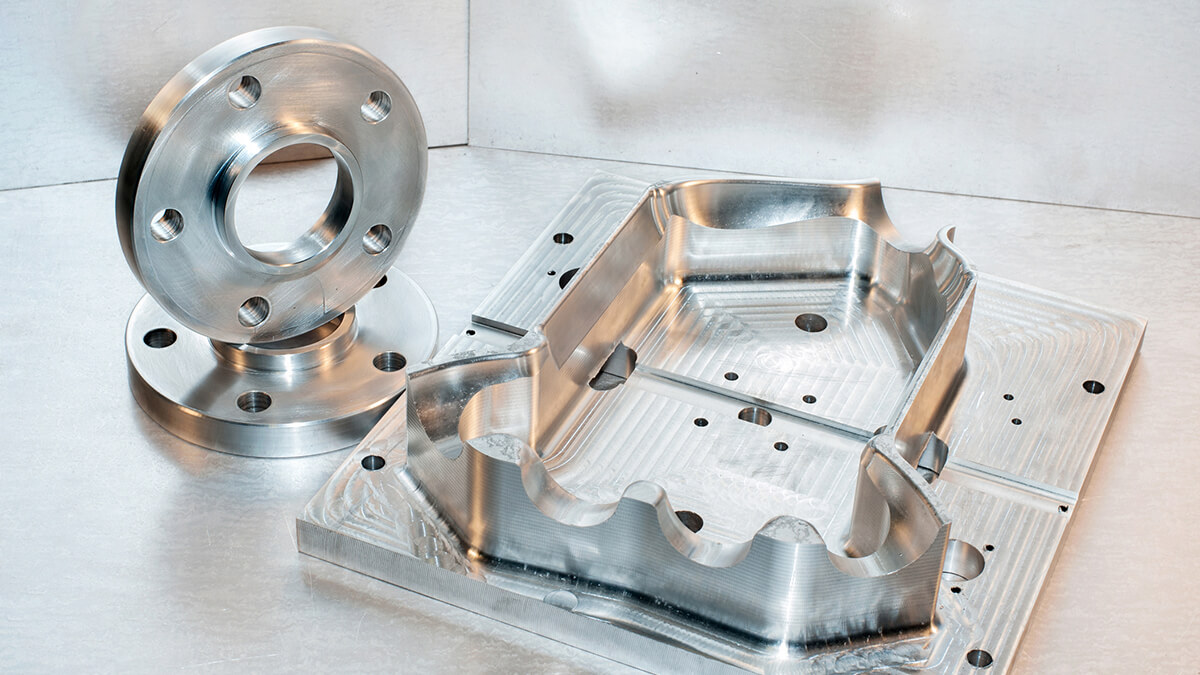Anodization is a surface treatment process, typically performed as the final step in metal manufacturing. It is a dependable and cost-effective method for enhancing wear resistance and adding color to precision machined metal parts, particularly aluminum and other non-ferrous metals.
Anodizing - A Process of Surface Treatment
Anodizing is a surface treatment process that involves the electrochemical conversion of metal, usually aluminum, to form an oxide film in an electrolyte (commonly sulfuric acid). In this process, the aluminum part to be treated functions as the anode, giving the process its name "anodization." Electric current flows through the part and the electrolyte, with a cathode, often a flat aluminum strip, present. Various types of anodizing exist, such as type I (chromic acid anodizing), type II (sulfuric acid anodizing), and type III (hard anodizing or Mil-A-8625, known as Hardcoat), along with less common options like phosphoric acid and anodized titanium. Anodizing creates a porous structure on the surface of aluminum that can effectively absorb color dyes, either through organic or inorganic coloring processes.
Anodizing precision-machined parts is a reliable and relatively cost-effective method for enhancing wear resistance and introducing color to aluminum and other non-ferrous metals. This electrochemical process was first developed in the 1920s and has since revolutionized industries requiring lightweight, durable, and corrosion-resistant aluminum components, including window frames, architectural facade panels, and a wide range of applications, from aerospace to medical equipment.
The anodization process involves controlled oxidation. While oxidation typically corrodes ferrous metals, it reverses this effect when applied to non-ferrous metals. For aluminum, the most common choice, the process typically involves immersing the part in a sulfuric acid bath, creating tiny nanopores on the aluminum surface. An electric current is applied to the medium, releasing oxygen ions from the acid, which combine with the aluminum to form an oxide layer. Coloring can be applied at this stage if needed, followed by the application of a sealant to close the nanopores and any micro-cracks in the oxide layer. Anodizing differs from electroplating or painting in that it becomes an integral part of the metal, preventing flaking, chipping, or peeling over time.
Benefits of anodizing include:
Durability: Anodized parts are highly resistant to corrosion, wear, and damage, with a long service life.
Cost-Effective: Anodized aluminum parts offer an extended lifespan and lower manufacturing costs compared to similar painted or plated components.
Environmentally Friendly: Anodizing produces no hazardous waste and preserves the recyclability of aluminum.
Easy Maintenance: Anodized parts retain their original appearance over time, are easy to clean, and can be restored with simple cleaning.
Aesthetics: The process preserves the metallic finish and offers color options for future production.
Improved Lubrication: Unsealed anodized surfaces can enhance adhesion and lubricity for internal components.
However, there are some considerations:
UV Exposure: Prolonged exposure to UV light can cause fading of dyes used in anodizing.
Visual Inspection: Anodized products can be modified visually, and paint may provide more color options.
Limited Color Choices: Anodizing offers fewer color choices compared to paint.
Poor Sealing: Inadequate sealing can lead to corrosion of anodized parts.
Temperature Limits: High temperatures can damage anodized aluminum.
Size Changes: Anodizing alters component size, increasing it by half the thickness of the oxide layer due to the process.
In summary, anodizing is a valuable surface treatment for enhancing the properties of precision-machined parts, offering numerous advantages while requiring careful consideration of specific application and environmental factors.







.png)






